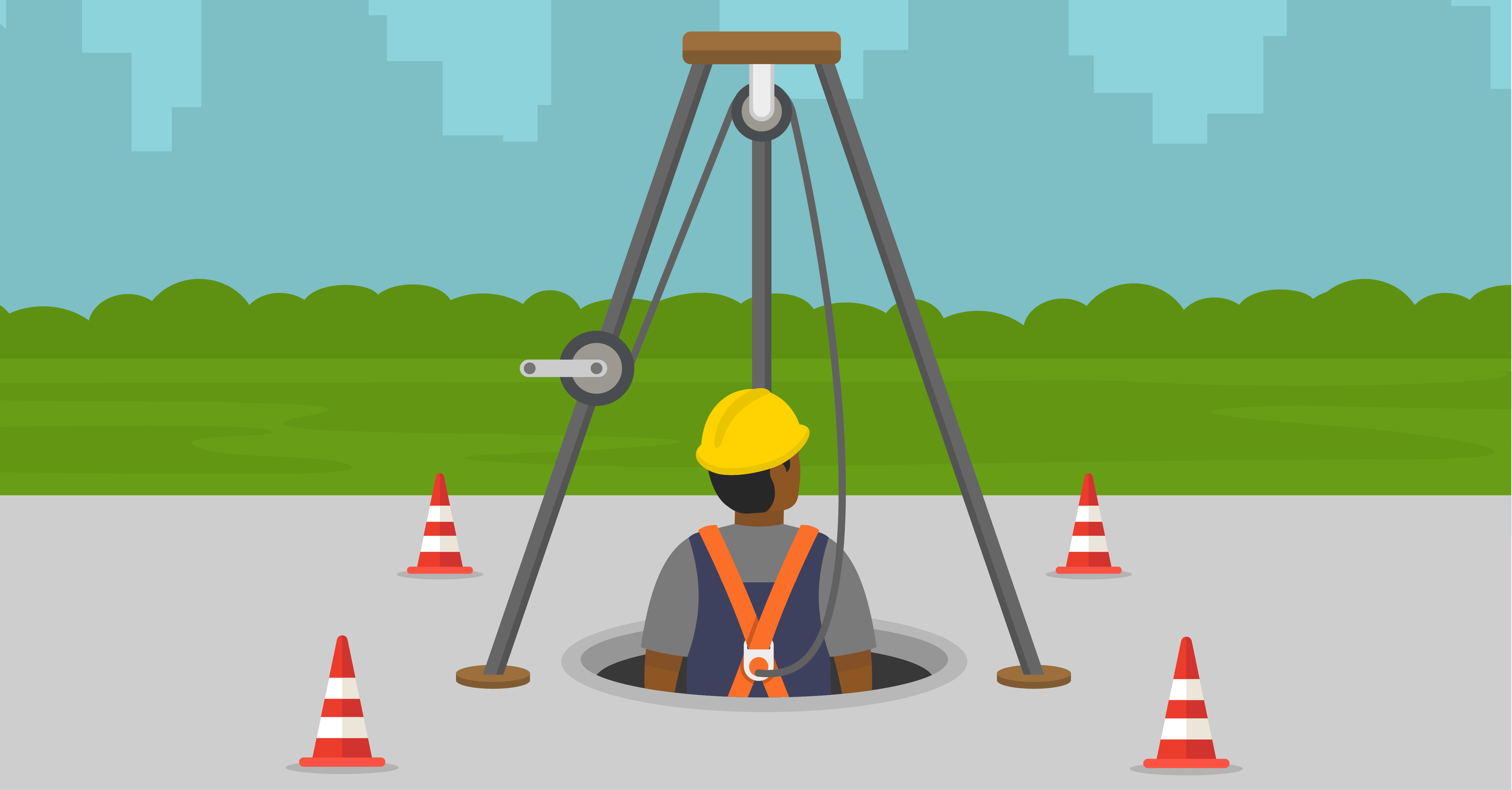Protecting Your Most Valuable Asset: Best Practices for Reducing Worker Injuries and Illnesses
August 3, 2021

When researchers in Ireland set out to document the experiences of workers across a variety of industries who had suffered on-the-job injuries, they ended up with 20 different stories. Their final report included first-person descriptions of what happened before, during, and after their subjects’ individual incidents.
Each is a fascinating case study of not only their personal traumas, but also the overall financial toll the incidents took on themselves and their employers.
One manufacturing plant worker, for instance, was clearing a blockage in a machine when another employee switched it on, causing two large blades to activate. The affected worker, Hugh O’Carroll, lost the tops of his index and middle finger on his left hand as a result.
Nine months after the incident, he was still feeling pain in his fingers whenever he touched them up against something. He was forced to give up one of his favorite pastimes, fishing, as well as playing sports with his young nephew. There were also mental repercussions, as O’Carroll stopped going out with friends due to embarrassment, and became generally self-conscious and uncomfortable whenever he was around other people.
In another example, health care assistant Brenda Lynch tripped and fell heavily on her shoulder while tending to a patient while employed by an Irish healthcare organization. Despite numerous consultations with her general practitioner and countless specialists, the pain caused by the incident never abated. She was off work for six years – a period filled with depression and financial hardship resulting from her injury – before she finally landed a job outside here chosen field, as a caterer.
Despite winning a €30,000 (US$35,000) compensation award, the entire incident ended up costing her €112,000 (US$132,000) in lost wages and medical and travel expenses. It cost her employer €20,000 (US$23,000) in salary costs for both Brenda and a replacement employee.
These are but two of the millions of injuries, illnesses, near-misses, and fatalities that occur in workplaces around the world every year. In the U.S. in 2019, for instance, employers reported 2.8 million non-fatal incidents, along with more than 5,000 worker deaths.
What can employers do to protect their most valuable asset – their workers – and ensure these individuals return home every day just as healthy as when they arrived? A new Intelex Insight Report examines that very question and looks at the state of affairs in some key health and safety focus areas that organizations should be concentrating on, including:
- Training
- Worker Engagement
- Incident Management
- Health and Safety Technology
Learn the latest advancements employers are making in these areas and how your organization can take advantage of them to ensure your workforce is as protected as completely as possible. Download your copy of our Insight Report, “Protecting Your Most Valuable Asset: 4 Best Practices for Reducing Worker Injuries and Illnesses,” here.





